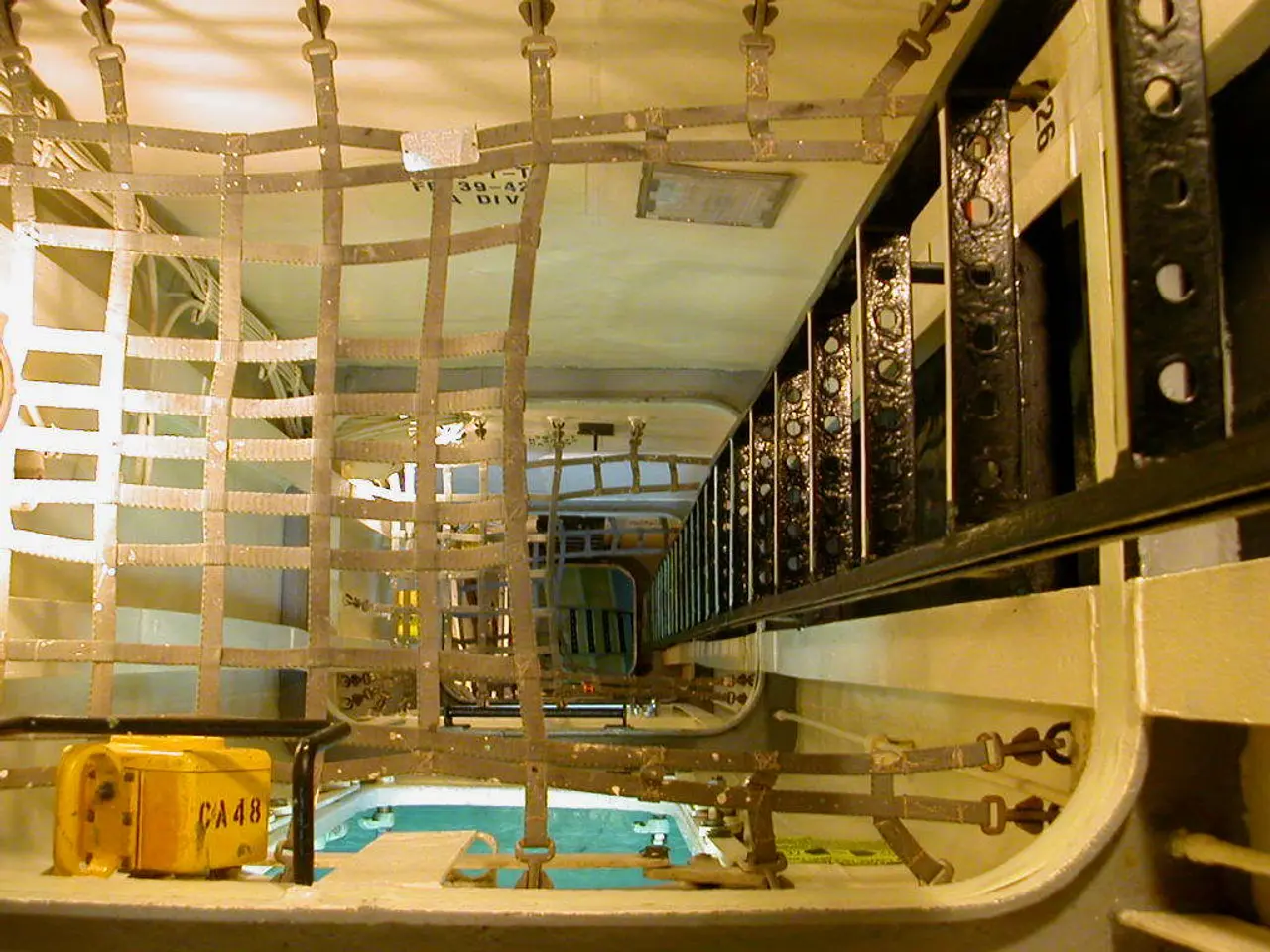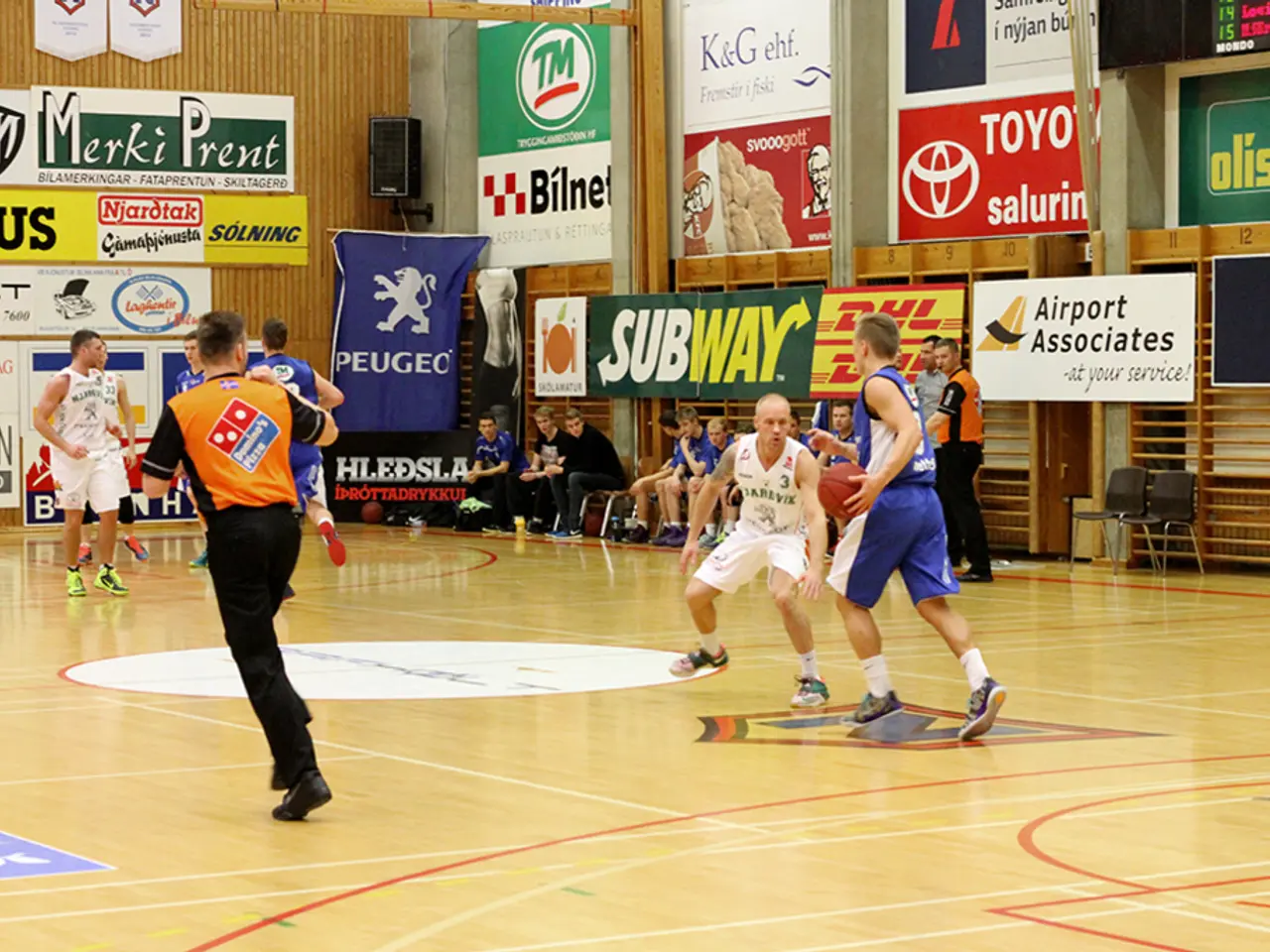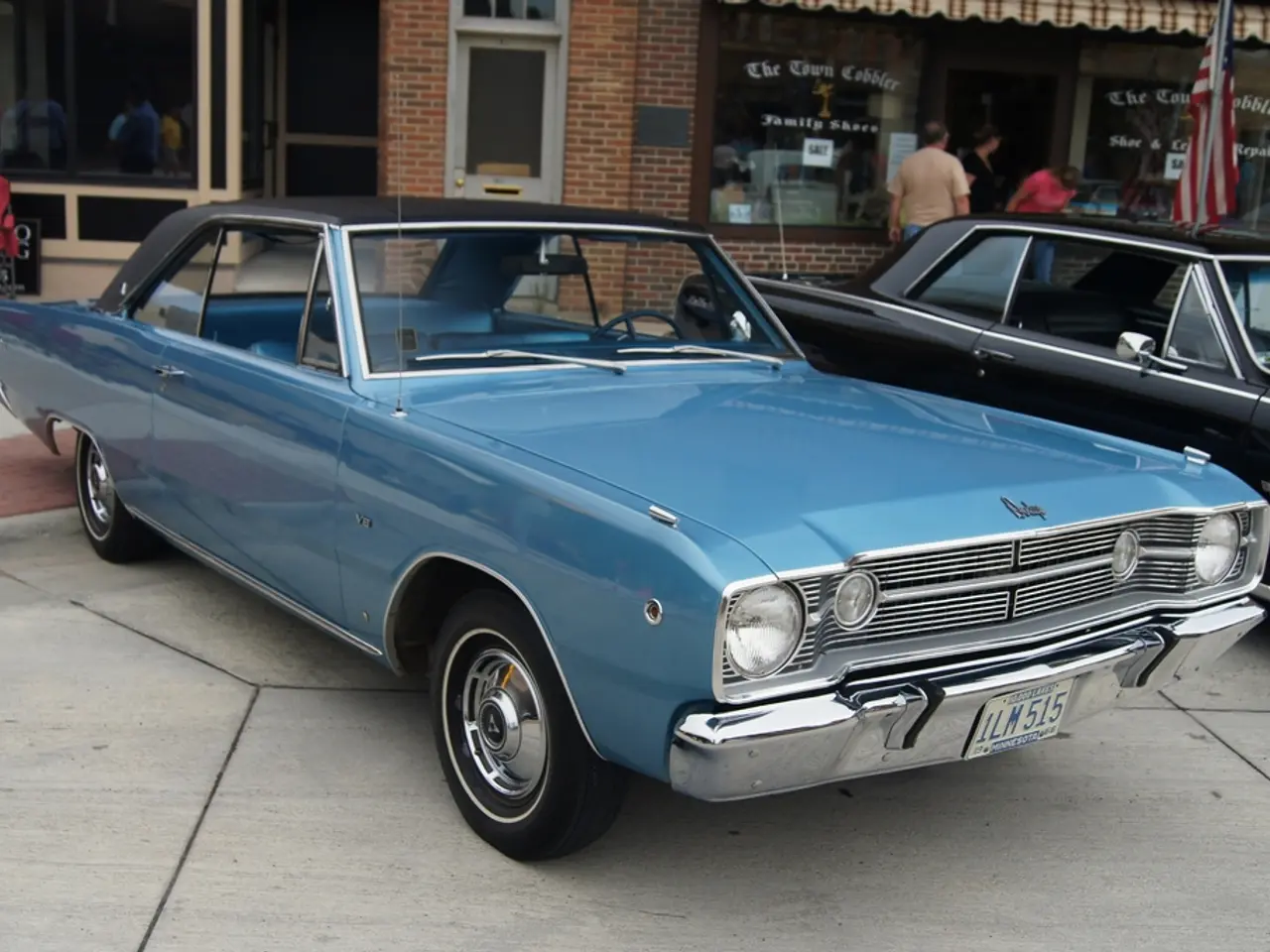Merger-induced Smurfit Westrock releases inaugural ESG report
**Smurfit Westrock Unveils Ambitious Net Zero Transition Plan**
Smurfit Westrock, the international packaging giant formed by the merger of Smurfit Kappa and WestRock, has announced a comprehensive Net Zero Transition Plan aimed at achieving carbon neutrality by 2050[1]. The plan, detailed in the company's first ESG (Environmental, Social, Governance) report following the merger, underscores Smurfit Westrock's commitment to sustainability and climate action[1].
The plan encompasses a holistic approach to emissions, covering not only direct (Scope 1) and indirect (Scope 2) emissions but also emissions from the value chain (Scope 3). This comprehensive strategy ensures the company addresses its full carbon footprint, not just operational emissions[1].
Smurfit Westrock has set specific interim goals, though the exact milestones and timelines are not detailed in the available report. These targets are designed to keep the company on track toward its 2050 net zero goal[1]. The company is making significant investments in technologies and processes that reduce greenhouse gas emissions. This includes transitioning to renewable energy, improving energy efficiency, and adopting cleaner production methods[1].
The company's circular economy strategy is at the core of its Net Zero Transition Plan. Operating 63 recycling plants and 62 paper mills worldwide, Smurfit Westrock ensures efficient reuse of paper fibers, minimizing waste and reducing the need for virgin materials[1]. The company is replacing plastic-based packaging with recyclable, paper-based alternatives. Notable innovations include kraft paper replacing polyethylene stretch films and a plastic-free, 100% recyclable carton solution (TopClip) for beverage multipacks[1].
Smurfit Westrock is also committed to sustainability in its sourcing practices. All paper used is either FSC®- or PEFC™-certified, ensuring responsible forestry. The company also collaborates with NGOs like the WWF in certain regions to further advance sustainability goals[1].
In addition to its climate strategy, Smurfit Westrock is making strides in social responsibility. The company has launched educational programs for children in disadvantaged regions and equipped schools in Latin America with recycled learning materials[1]. In terms of safety, Smurfit Westrock reported a 20.2% decrease in reportable OSHA incidents since 2019[1].
Smurfit Westrock's Net Zero Transition Plan is a robust, science-based roadmap focusing on emission reduction across the value chain, circular economy practices, and sustainable innovation, with the ultimate goal of achieving carbon neutrality by 2050[1].
| Strategy Area | Details | |----------------------------|-------------------------------------------------------------------------| | Emission Coverage | Scopes 1, 2, and 3 (full value chain) | | Intermediate Targets | Defined, but specifics not disclosed | | Technology Investments | Renewable energy, energy efficiency, cleaner production | | Circular Economy | 63 recycling plants, 62 paper mills, 100% certified paper | | Sustainable Packaging | Paper replaces plastic, e.g., kraft paper, TopClip | | Certifications/Partnerships| FSC®, PEFC™, WWF collaboration | | Social Responsibility | Educational programs, recycled learning materials | | Safety | 20.2% decrease in reportable OSHA incidents since 2019 |
[1] Information sourced from Smurfit Westrock's 2024 Sustainability Report, available at https://www.smurfitkappa.com/sustainability/reporting.
The robust Net Zero Transition Plan of Smurfit Westrock also includes a focus on science, as the strategies are based on a science-based roadmap for reducing emissions across the value chain. This plan, in its pursuit of carbon neutrality by 2050, also embraces the field of environmental science, considering various scopes of emissions and adopting cleaner production methods. Additionally, the company demonstrates a passionate interest in sports and weather, as its commitment to education for children in disadvantaged regions showcases a concern for the future, akin to an athlete training for competition, while its attention to reportable OSHA incidents can be likened to viewing weather patterns to prepare for storms encountered on the sustainability journey.






